2013 Xiaguan 111th Anniversary Tuo Zhi Yuan "Origin of Tuo" Sheng / Raw Puerh Tuo Cha (100 grams)
$ 18.00
This product is entirely sold out and we won't likely be getting any more.
The Xiaguan Tea Factory is one of the oldest in China. They are located at the foothills of the Himalayas on the edge of the Xiaguan mountain range in Dali, Yunnan, China. The factory is uniquely situated to channel the strong winds that travel down these mountains. They claim that it is these winds that give their puerh its special taste.
The year 2013 was the 111th Anniversary of their opening in 1902. They released this puerh to commemorate that. Xiaguan Tea Factory is known for creating the tuo cha shape used for compressed puerh. The unique inverted birds nest bowl shape gives a great amount of surface in a small amount of physical space. They believe that the inner pocket will trap air that helps with aging. The cardboard container that stores these tuo's is as utilitarian as it is ornate. The tuo is suspended inside with a creative fan of cardboard. Holes in the bottom allow easy passage of air while stored for long term.
Inside is a printed description of Xiaguan and Tuo Cha history:
The Origin of Tuo ( 沱之源 )
The reason Tuo cha ( 沱茶 ) became famous is because it started from Xiaguan, which was one of the most important trade stations along the Tea Horse Road.
Xie Zhaozhe from Ming dynasty ( 1368-1644 ) wrote in his book Dian Lue ( Summary of Yunnan ) "Both officials and ordinary people drink puerh tea, the pure tea has been steamed and compressed into a round shape". A majority of Dian (Yunnan) tea was consumed by the Sichuanese and Tibetans. Tea had been carried by horses, it was a long journey, exposed by sunshine and rain, tea leaves became either fragile or wet. In 1902 Xiaguan Yong Chang Xiang ( Original Xiaguan Factory ) improved this round shape ( it also was called "girls' round shape" ) into a bowl shape "Tuo Cha" ( 坨茶) This tuo ( 坨 ) is different than tuo ( 沱 ) we use today as tuocha ,tuo ( 坨 ) is Yunnan local language to describe round-like shape, so the original tuocha is called ( 坨茶 ). Xiaguan tuocha was mainly sold in Yibin City, which is by the side of Tuo ( 沱 ) River. It has been said "The water of Tuo River, the tea from Xiaguan, has rich aroma and excellent quality", then people became to call it Tuocha (沱茶) instead.
Xiaguan tuo has three times won the Golden Prize of World's Food, three times National Silver Prize, over 30 times prizes among provinces. In 2010 the skill of making Xiaguan tuo cha has been selected into National Intangible Cultural Heritage list. In 2011 it has been awarded China Time Honored Brand.
Xiaguan uses leaves sourced from many tea gardens in Yunnan. These leaves represent multiple years. Their blend is proprietary and a secret. These leaves are a good balance of different grades with some very large leaves, small twigs, and also smaller buds. The leaves are mostly complete.
This sheng puerh is a strong representative of the Xiaguan experience. Aromas start sweet and smoky with a hint of tobacco evolving into floral and citrus notes. Flavors begin with bitterness and astringency but quickly reward with a natural sweetness.
This is a great puerh to set it and forget it. Buy a few and put them on a shelf to 'discover' a decade from now. These would also be perfect for some home pumidor experiments. Put a few in different environments and see how they age.
Use 5-7 grams of leaves and brew with 6-8 ounces of water at or near boiling. Wash once for 3s each, then start with a quick steep of 6-10s. With each re-steep adjust the steep time to your taste.
(100grams)
sample sizes of this are not available given the small size of the original
>>>> Please Read! <<<<
This item ships from China!
We are shipping to the US again!
We have been testing out a new shipping service and it has been working well. It is more expensive but the tariff fees are included. To help offset the additional expense we are offering $10 off on orders over $100 for items shipping from China. It will be applied automatically. Check here for the latest tariff information.
This will be shipped from China. We can ship to most countries but the rates can vary greatly.
If your country is not available at checkout please email us and we will quote you a shipping rate. crimsonlotustea@gmail.com
Shipping is averaging about a month, but sometimes it can take longer! If you purchase multiple items from our Seattle and Kunming inventories this will ship separately from China.
If you are in the U.S. please take a look at our inventory in Seattle if you need something to arrive quickly.
Please refer to our Shipping Policy page for more information.

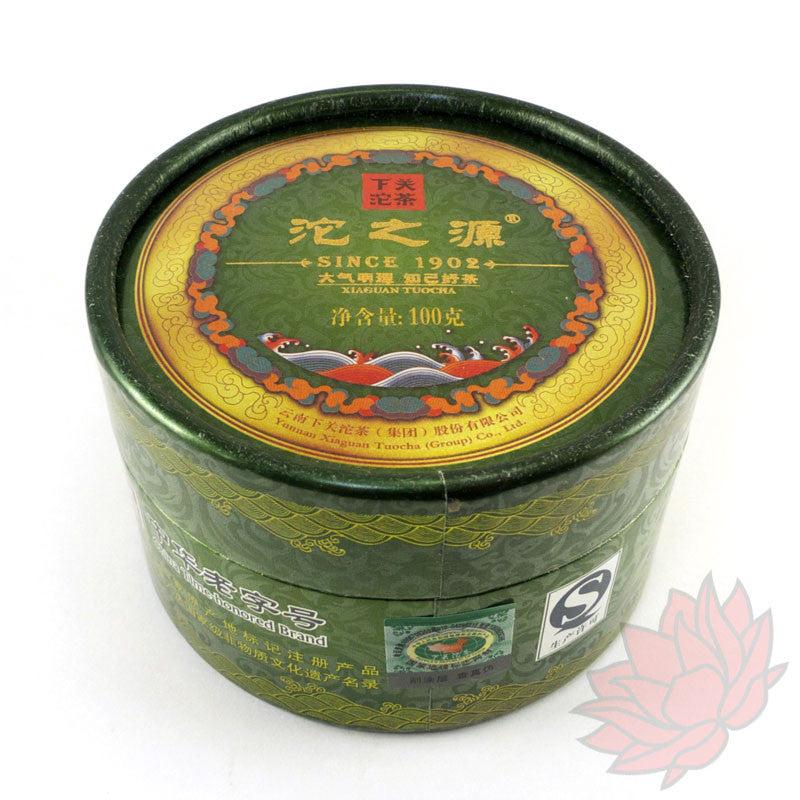
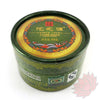
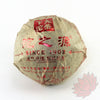
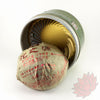
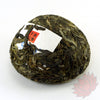
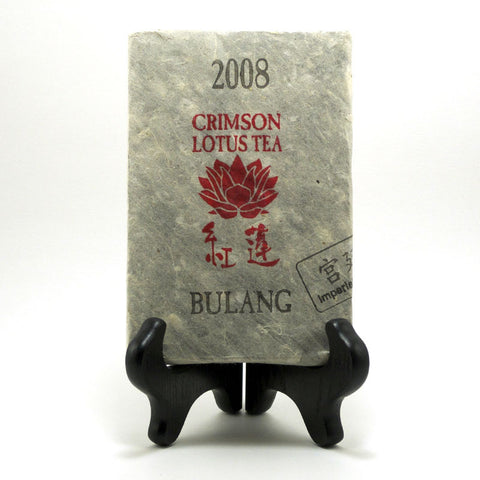
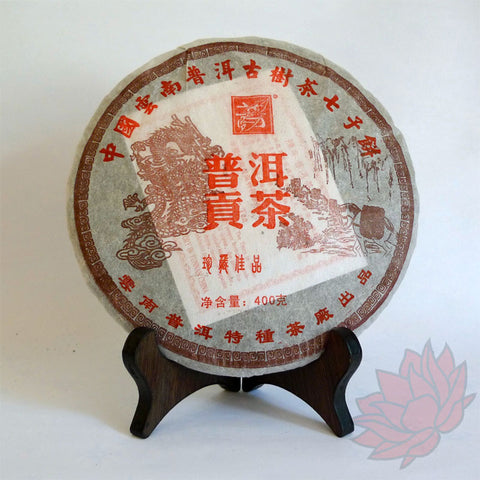
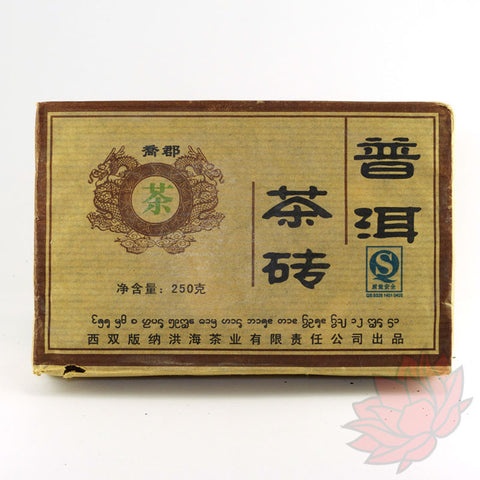
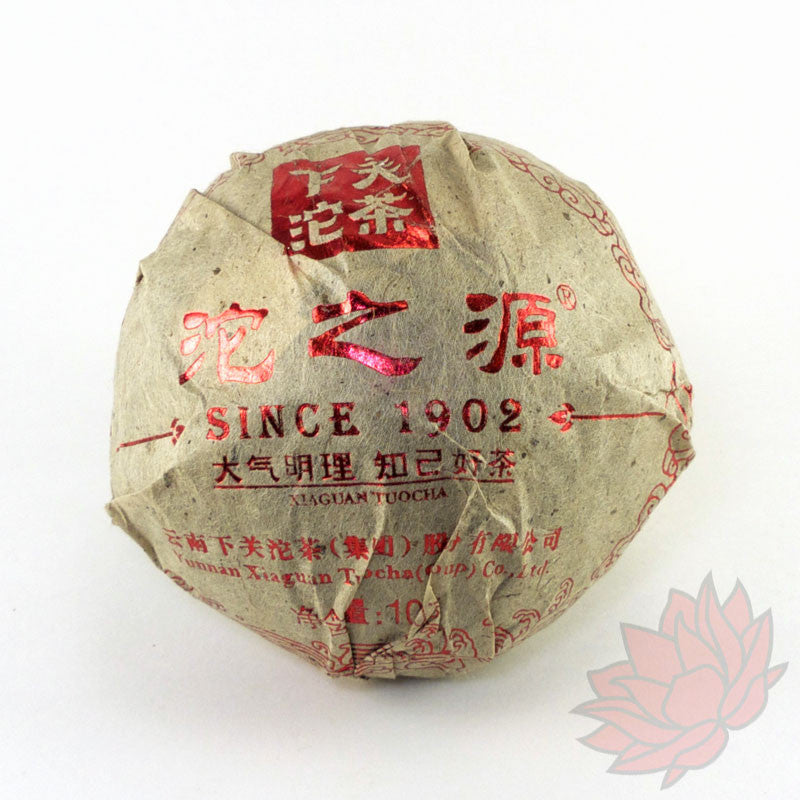
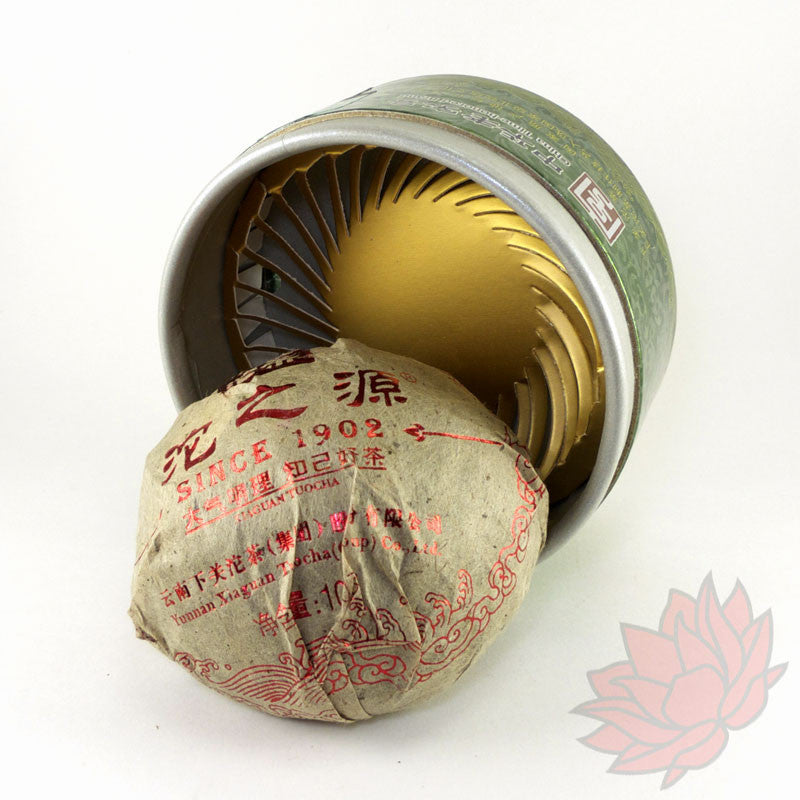
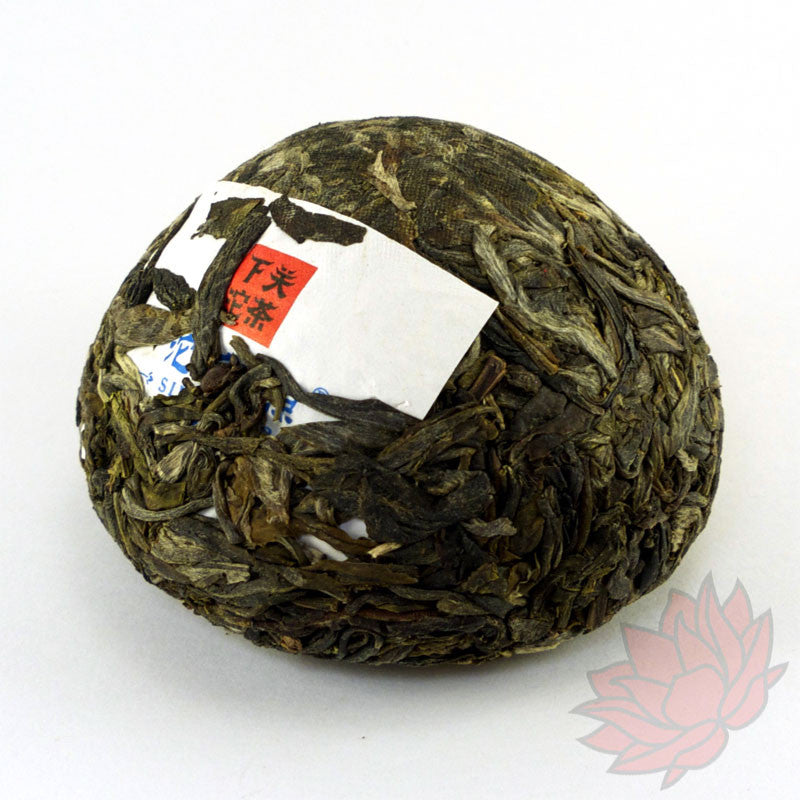
Share this item: